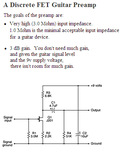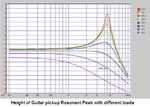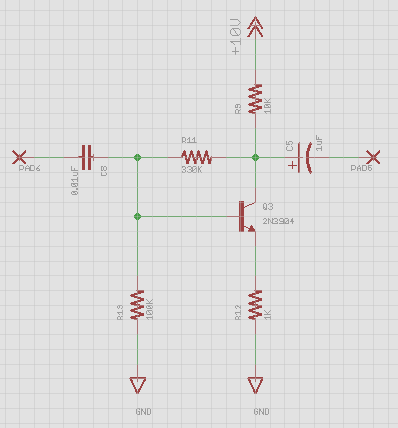juz_ad
Full Member level 2
Taking my first steps with simple, single transistor Class A designs.
Can anyone give me a gentle intro to how the input and output impedance is set/calculated on the standard single transistor amp in class A configuration and the single transistor emitter/voltage follower?
Thanks,
[Edit] I'm working towards a guitar-based project so I'm currently aiming at an input Z of approx. 1M and an output Z of approx. 10K - I think...
- J
Can anyone give me a gentle intro to how the input and output impedance is set/calculated on the standard single transistor amp in class A configuration and the single transistor emitter/voltage follower?
Thanks,
[Edit] I'm working towards a guitar-based project so I'm currently aiming at an input Z of approx. 1M and an output Z of approx. 10K - I think...
- J
Last edited:


